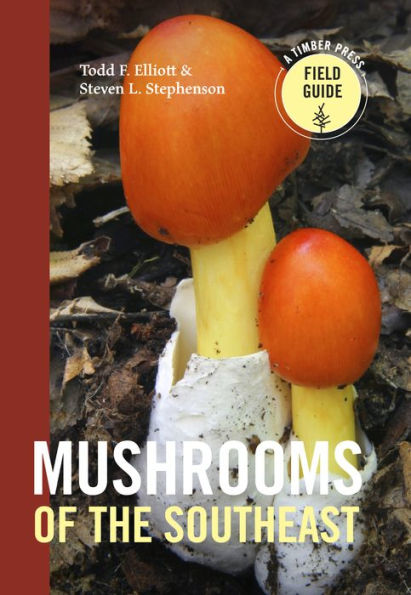Table of Contents
Acknowledgments 6
Introduction 7
Overview of the Region 8
Southeastern Fungi and Their Role in the Environment 11
Mushroomsn as Medicine, Food, and Nutrition 15
Mushroom Toxins 18
Morphology of Mushrooms 22
What's in a Mushroom Name? 23
Collecting and Studying Mushrooms 24
The Mushrooms 28
Ascomycetes 30
Entomopathogenic Fungi 31
Morels and Relative 42
Cup Fungi 50
Club Fungi 71
Plant Pathogens 86
Truffles 89
Mycoparasites 98
Wood Mounds 108
Basidiomycetes 112
Gilled Mushrooms 114
Boletes and Relatives 248
Coral Fungi and Relatives 273
Polypores and Relatives 289
Crust Fungi, Rusts, and Smuts 328
Puffballs, False Truggles, Earthstars, Stinkhorns, and Bird's Nest Fungi 337
Jelly Fungi 359
Tooth Fungi 366
Slime Molds (Myxomycetes) 375
Glossary 384
Recommended Reading 387
Photo and Illustration Credits 389
Index 390

















